Health Benefits of Little Millet Pasta:
- High in Nutrients:
- Little millet is rich in essential nutrients, including protein, dietary fiber, vitamins (particularly B vitamins), and minerals like iron, calcium, and magnesium. These nutrients contribute to overall health and well-being.
- Gluten-Free:
- Little millet is naturally gluten-free, making little millet pasta a suitable option for individuals with celiac disease or gluten intolerance.
- Rich in Dietary Fiber:
- The high fiber content in little millet aids digestion, promotes regular bowel movements, and helps manage cholesterol levels. Fiber also supports weight management by promoting a feeling of fullness.
- Supports Heart Health:
- Little millet contains antioxidants and beneficial compounds that help reduce inflammation and support heart health by lowering cholesterol levels and regulating blood pressure.
- Diabetes Management:
- Little millet has a low glycemic index, which means it helps regulate blood sugar levels, making little millet pasta a good choice for individuals with diabetes or those looking to manage blood sugar levels.
- Rich in Antioxidants:
- The antioxidants in little millet help combat oxidative stress and reduce the risk of chronic diseases such as heart disease and cancer.
How Little Millet Pasta Is Made:
Little millet pasta is created by incorporating little millet flour into the pasta dough. Here’s a general outline of the process:
- Little Millet Flour Pasta:
- Step 1: Little millet grains are cleaned, dried, and ground into a fine flour.
- Step 2: The little millet flour is mixed with other flours (such as rice flour or tapioca flour) and salt to achieve the desired texture and flavor.
- Step 3: Water is gradually added to the flour mixture to form a dough. The dough is kneaded until smooth and pliable.
- Step 4: The dough is shaped into pasta using a pasta machine or by hand-rolling and cutting into desired shapes.
- Step 5: The pasta is cooked in boiling water until tender, then drained and ready to use in various dishes.
Cooking with Little Millet Pasta:
Little millet pasta has a mild, slightly nutty flavor and a unique texture compared to traditional wheat pasta. Here are some ways to use it:
- Pasta Salads:
- Use little millet pasta in cold pasta salads, combining it with fresh vegetables, herbs, and a tangy vinaigrette for a refreshing and nutritious meal.
- Stir-Fries:
- Cook little millet pasta and toss it with stir-fried vegetables, tofu, or chicken, and a savory sauce made from soy sauce, garlic, and ginger.
- Pasta Dishes:
- Incorporate little millet pasta into classic pasta dishes, such as spaghetti with marinara sauce or creamy pasta dishes, by adding your favorite sauces and ingredients.
- Soups:
- Add little millet pasta to broths or soups for a nutritious twist. It works well in both light vegetable soups and richer, hearty broths.
- Baked Pasta Dishes:
- Use little millet pasta in baked pasta dishes, such as lasagna or baked ziti, by layering it with sauces, cheese, and other ingredients.
Storage and Availability:
- Storage: Dried little millet pasta should be stored in an airtight container in a cool, dry place. Fresh pasta can be refrigerated and should be used within a few days.
- Availability: Little millet pasta may be found in health food stores, specialty organic markets, and online retailers. It can also be made at home using little millet flour.









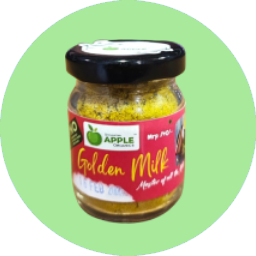
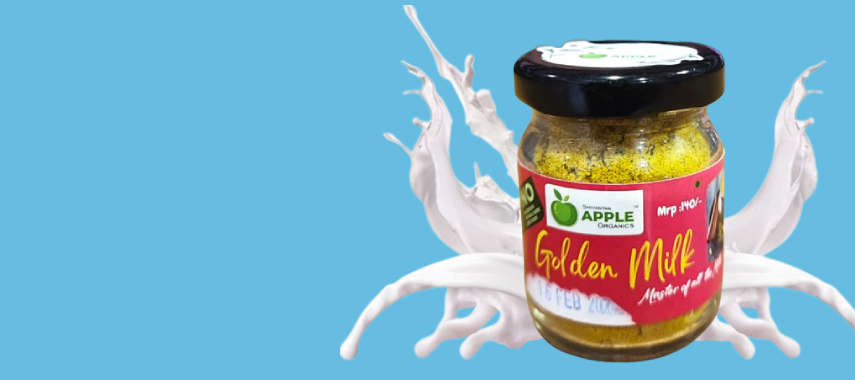













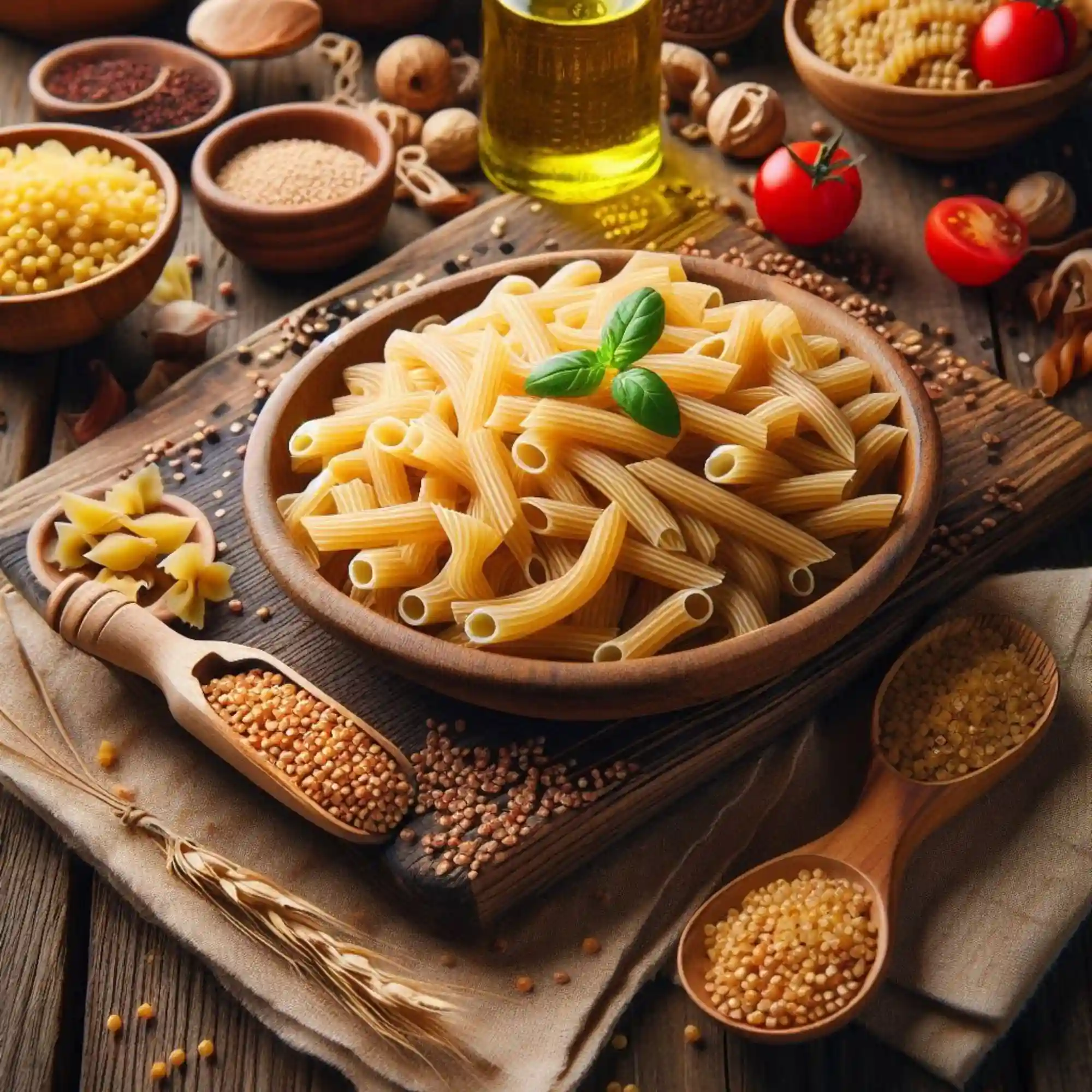
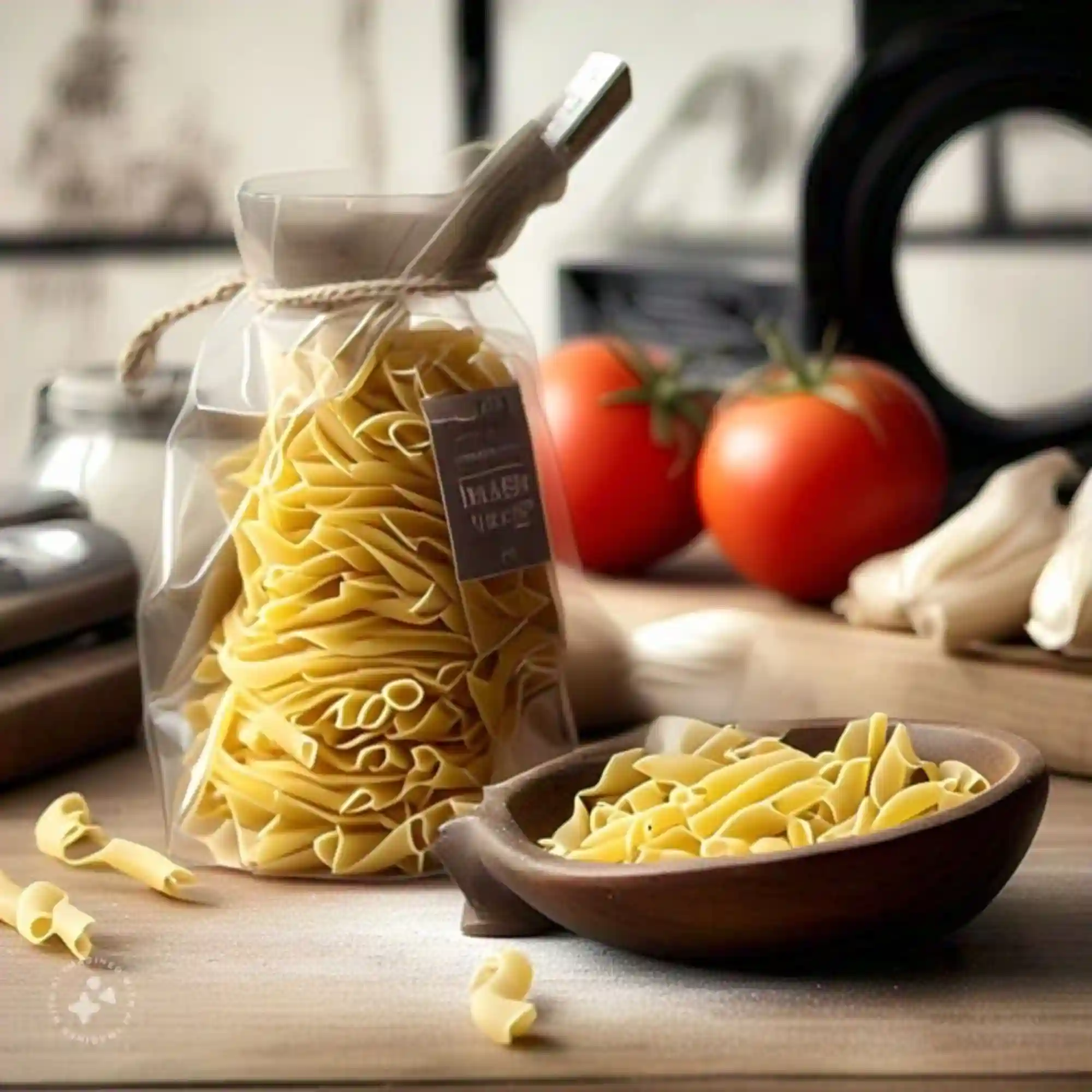


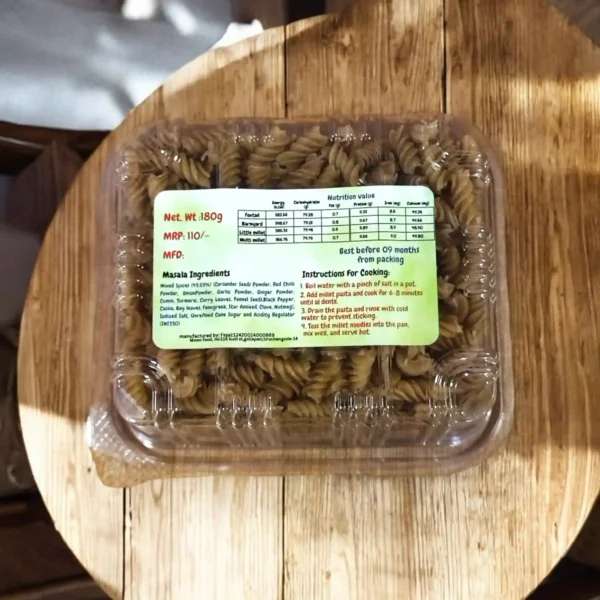
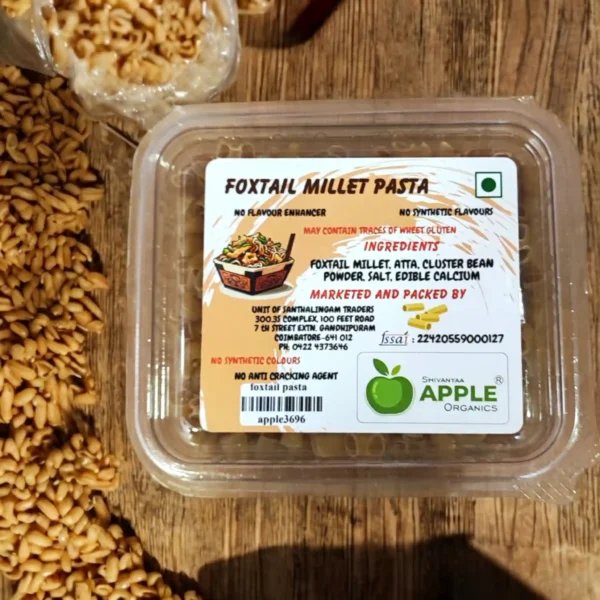
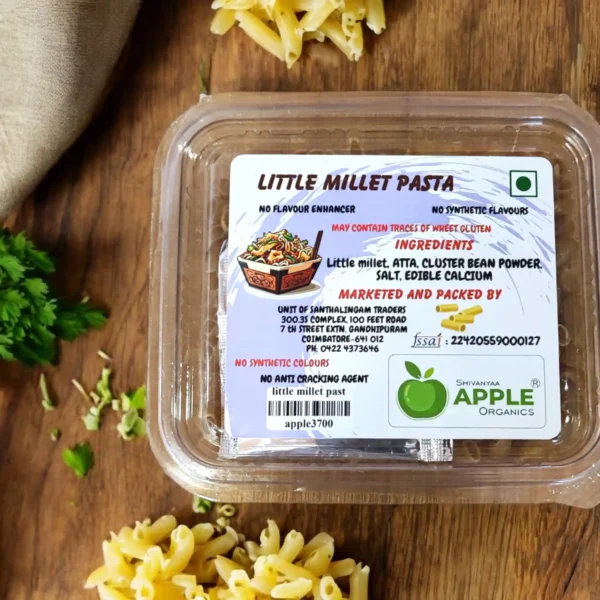
Reviews
Clear filtersThere are no reviews yet.